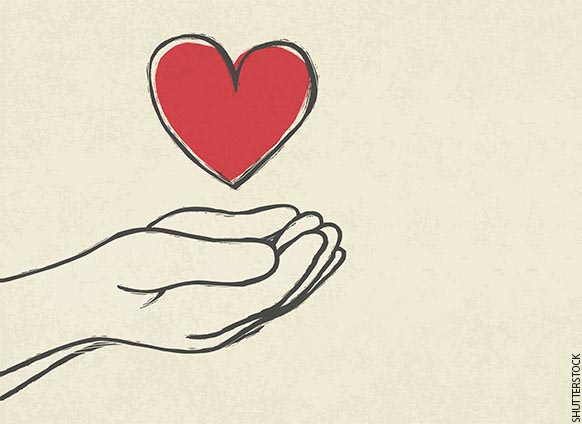LISA HONIG BUKSBAUM
Walking on the beach, trying to understand why she was hit with a triple dose of tragedy, Lisa Honig Buksbaum felt that she heard a voice. “Soaringwords,” it seemed to whisper.
It meant something, she knew. It had to. She didn’t hear things like this often. But how was such an abstract thought going to help her overcome the grief she felt over her 35-year-old brother’s sudden death, her father’s cancer diagnosis and her young son’s fight to recover from a life-threatening bout of rheumatic fever?
Three years later, with her father and son on the mend, she followed the voice. Shuttering her Manhattan marketing firm where she helped Fortune 500 companies reinvent themselves, she started a nonprofit to help seriously ill children and their families deal with the agony of life-threatening disease, soul-crushing treatments and, sometimes, death.
The name of her organization? Soaringwords, naturally.
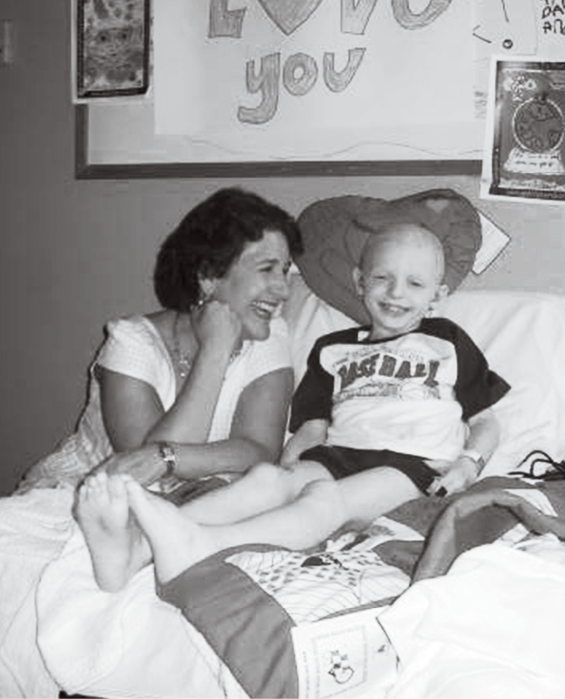
Buksbaum’s 2001 decision to answer a seemingly supernatural call to use her personal struggles to help others is far from unique. There’s even a name for it: post-traumatic growth.
Richard Tedeschi, a psychologist Buksbaum studied while honing her program that helps critically ill and impoverished children feel better about themselves by giving others a hand, coined the term after interviewing people about how they dealt with the awful vagaries of life.
“It’s not an uncommon thing,” says Tedeschi, who teaches psychology at the University of North Carolina Charlotte. His research with fellow psychologist Lawrence Calhoun showed that about one-half to two-thirds of people who lose loved ones, suffer disfiguring accidents or endure other calamities ultimately experience post-traumatic growth.
“People think it’s an aberration. People think it’s an outlier,” Buksbaum says. “But it’s really what most people do.”
Since founding her organization, which has reached more than 250,000 children in 30 states and 12 countries, the 55-year-old mother of two has watched the magic of giving back help people rebuild shattered lives. Chronically ill children—listless and depressed after spending months in the hospital—perk up when given the chance to make a simple gift for someone else, she says.
She recalls the joyful satisfaction of a 7-year-old as he spent days crafting a rainbow unicorn for another sick child. His beaming smile is one of hundreds she has seen on ailing children, parents and volunteers.
“The results are unbelievable,” Buksbaum says. “We all experience positive emotions as a result of doing something altruistic and compassionate.”
In surveys of 250 seriously ill children in pediatric hospitals in Florida, New York and Illinois, she found that those who had been given the chance to make simple gifts for other sick children felt significantly better about themselves than those who weren’t given the same opportunity. Children reported feeling more joyful, less worried, more excited, less tired, more hopeful and less scared after doing something as simple as coloring a picture for another child.
“It’s not pop psychology,” Buksbaum says. “It’s based on science.”
This science helped her understand the confusing words that came to her that day on the beach. The word “soar” was an acronym, she realized. To Buksbaum, SOAR stands for Somatic response (relating to the body); Outcomes (actions that can be measured empirically); Agency (something that gives people a sense of control); and Reciprocity (the sense of being connected to others).
Obviously, not everyone who has endured tremendous loss is going to start a nationwide charity. Some move on by simply being better spouses, children, parents or friends. “There are different ways of recovering from trauma,” Buksbaum says. “Some people are fortunate or blessed to have a calling. For other people, the fact that they get up every day and don’t feel bitterness, anger and frustration, or become totally defeated by life, is amazing to me.”
Of course, Buksbaum and the kids she has helped aren’t the only ones who transformed their outlooks by helping others. Here are three more.
DOROTHY JOHNSON-SPEIGHT
Lying in a fetal position, struggling to cope with the murder of her 24-year-old son, Dorothy Johnson-Speight tried to ignore a TV broadcaster’s voice, announcing that yet another one of her son’s friends had been killed.
Fading in and out of consciousness, Johnson-Speight envisioned a boxing ring filled with women holding bullhorns. “Sons,” they pleaded, “put down your guns.”
Less than a month later, the chant became a rallying cry for other shell-shocked women in the Philadelphia area who had lost children to gun violence and wanted to join Johnson-Speight’s newly formed group, Mothers in Charge. Since its formation in 2003, it has spawned sister organizations throughout the United States.
“My love of my son” is what drives the licensed family therapist, she says. “This is a way I can continue to be connected to him. It’s what gets me up on those rough days.”
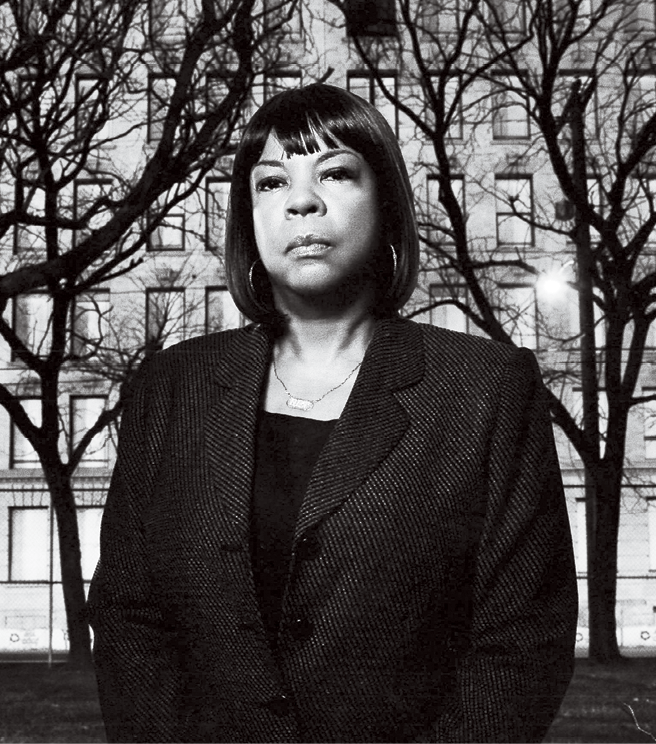
Initially, Mothers in Charge was mainly a support group for aching mothers. Many already knew Johnson-Speight through Compassionate Friends, a group she established in 1986 at Temple University for other grief-stricken parents after her almost 3-year-old daughter, Carlena, died from bacterial meningitis.
Soon members began traveling to schools and community groups to share their stories. As new people joined Mothers in Charge, it morphed into a multifaceted organization that reflects the passions of its growing membership and the interwoven ills that doom young men like her son, Khaaliq Jabbar Johnson, and put others behind bars.
Early on, one of Khaaliq’s friends, a corrections officer, voiced concerns about the number of juveniles serving time in adult prisons. He asked whether members of Mothers in Charge would tell their stories to incarcerated youths so they could see the consequences of their actions and help them make better decisions when they got out.
Some members balked, Johnson-Speight remembers. “I could be talking to my son’s killer,” one protested. While acknowledging the woman’s heartache, Johnson-Speight reminded her, “They’re all our sons.” It became another slogan for the organization. Members found a nationally recognized women’s curriculum designed to teach behavioral changes. When surveys showed that women who took the course had low recidivism rates, Mothers in Charge was asked to expand the program into two male prisons.
Khaaliq Johnson, who earned a sociology degree from the University of Maryland Eastern Shore and had planned to be a counselor with his mother, was shot in 2001 in a dispute over a parking space.
Johnson-Speight pledges Mothers in Charge will continue its mission as long as the senseless violence continues.
REBEKAH GREGORY
Rebekah Gregory was initially reluctant when federal prosecutors asked her to give a victim impact statement to the jurors who would decide the fate of 2013 Boston Marathon bomber Dzhokhar Tsarnaev.
Ultimately the 28-year-old Houston woman, whose left leg was amputated as a result of the blast, seized the opportunity to give Tsarnaev a simple message: You lost.
While Tsarnaev and his brother killed three and injured more than 260 with their bombs, their cowardly actions unleashed a tidal wave of love for and among the survivors, she told him. “I looked directly at him. I stared at my biggest enemy. ‘You caused mass destruction, but you also brought people together. Nobody’s going to remember your name or your brother’s name. They’re going to remember the survivors.’ ”
And for good reason.
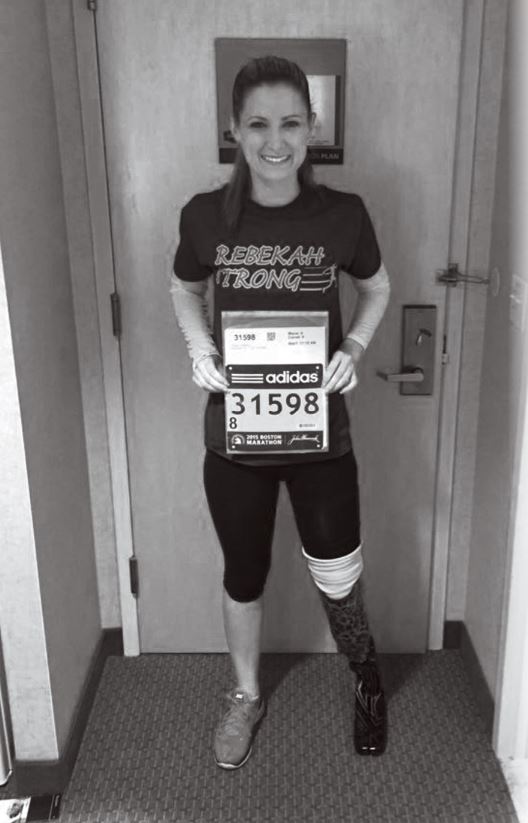
Like others who lost loved ones, limbs or hope by the impact of the two pressure-cooker bombs, Gregory is giving back.
Last Christmas she and her now 8-year-old son, Noah, raised money to buy presents for those who couldn’t afford them. She has also sold “Rebekah Strong” T-shirts (made for her 2015 Boston Marathon run) to raise money for earthquake victims in Nepal.
Gregory and her son also started what they call “Sharing Smiles.” They visit hospitals and talk to patients. Like fellow marathon amputee Heather Abbott, who started a foundation to raise money to buy prosthetic devices for amputees, Gregory is particularly drawn to those who have lost limbs. She assures them their lives can still be full and rich. “I can still rock a dress,” she says with a laugh.
Her main passion is Rebekah’s Angels, a foundation that raises money for children suffering from post-traumatic stress disorder.
Noah was sitting at her feet near the finish line when the two bombs exploded on April 15, 2013. Had he been standing, she suspects he would’ve been killed. She served as a human shield. But while his physical injuries were minor, like her, he is emotionally scarred.
Not only did he witness the bloody mayhem, he watched his mother struggle to recover. After spending 40 days in a Boston hospital, Gregory returned to Texas, where she underwent 17 surgeries. Finally, in November 2014, she decided to have her left leg amputated below the knee.
“We both experience [PTSD] but in different ways,” Gregory says. She often awakes in the night, screaming and sweating from yet another nightmare. Fireworks paralyze her. Noah’s symptoms are subtler: He isn’t as adventurous as he once was. He no longer wants to ride his bike. Loud music drives him from movie theaters.
“I tell him, ‘Your brain is just tricking you. What you think is scary is not really scary,’ ” she says. Both are undergoing therapy. Children’s inexplicable fears are often ignored or misunderstood, or treatment is too expensive. “So many cases are undiagnosed or untreated,” Gregory says. Many children with PTSD grow up to be angry and dysfunctional adults.
Gregory’s turnaround has come in various ways. She is frank about her journey, posting near-daily comments to her 46,000 Facebook fans. Her online journal has become a surprising part of her recovery, a forum for sharing experiences and inspiring others.
In April, only five months after her amputation, she ran the last 3.2 miles of the Boston Marathon. It was her first visit to the city since the bombing. While emotionally difficult, it was part of putting the past behind her, she says. The same goes for her decision to stare Tsarnaev in the eyes and tell him his plan to spread hate had failed.
“Did I want my leg to get blown off by a terrorist? No. But so many people donated their time and efforts to get us back—not to normalcy—but to get us back to our lives. The world needs so much hope and light.”
FRED AND ANGELA BILETNIKOFF
After proudly watching his 20-year-old daughter, Tracey, beat her addiction to heroin and methamphetamines, NFL Hall of Fame wide receiver Fred Biletnikoff and his wife, Angela, thought the worst was over.
Sadly, Tracey’s freedom from drugs was short-lived. In 1999 after she successfully completed a treatment program and had begun counseling teens, a boyfriend she met at a drug rehab program killed her. Mohammed Haroon Ali told police he strangled her during an argument that erupted after his two-day drug binge.
The Biletnikoffs decided a fitting tribute to Tracey would be to create a treatment center for teens. Angela, who met Tracey as a bubbly 6-year-old, remembered her stepdaughter saying how much easier it would have been for her to beat her addiction had she been in a program that catered to younger people instead of 40- and 50-year-olds. “She couldn’t relate to them, and they couldn’t relate to her.”
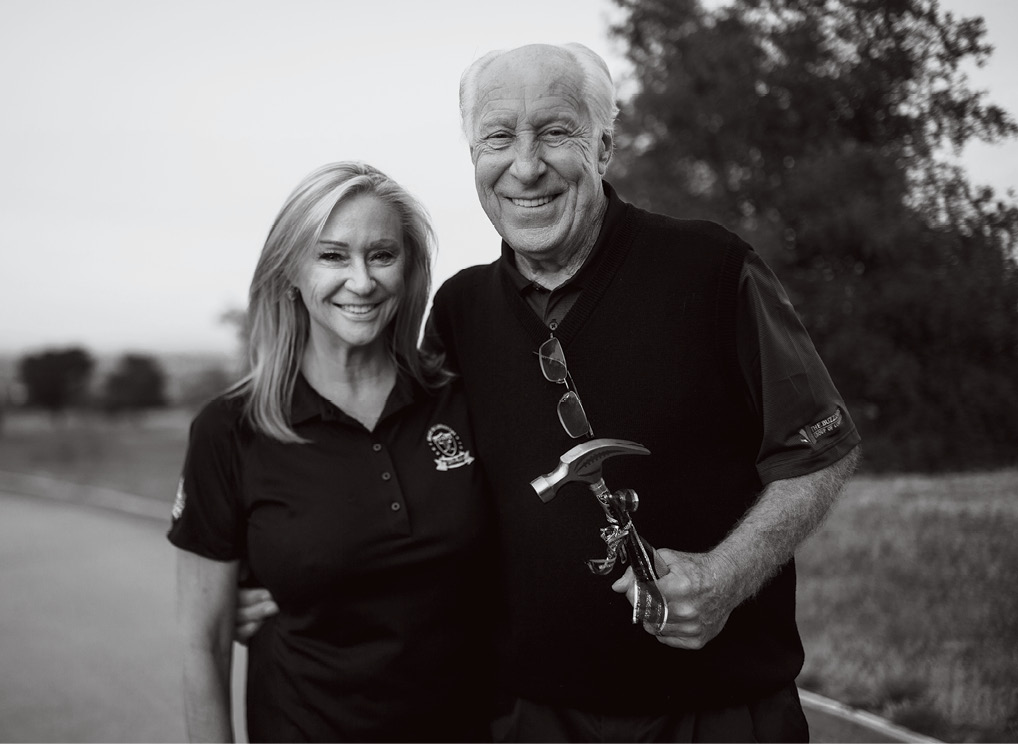
Raising money was no issue. Oakland Raiders fans, who revered Biletnikoff during his 14-year playing career and later as a team coach, dug deep. One tailgate party, part of a “Dollars for Tracey” fundraiser, netted $91,000.
The couple used the money to establish a home for addicted teens in Burlingame, Calif. But after about 10 years, city officials decided to turn it into a treatment center for adults.
The Biletnikoffs were crushed, but soon resumed their work, hosting golf tournaments with former Raiders greats and holding seafood festivals to raise money for a new teens’ center. Eventually they teamed with Koinonia Homes, which had a drug treatment center for teenage girls in Loomis, Calif., that badly needed renovation.
Having raised sizable donations of labor, materials and cash, the Biletnikoffs were nearing the $500,000 needed to make their dream reality. In April a surprise $50,000 donation from Oakland Raiders owner Mark Davis pushed them over the top. Three months later, the couple opened the doors to Tracey’s Place of Hope, a sanctuary for six 14- to 17-year-old girls. The Biletnikoffs hope their program will teach girls to purge their demons as Tracey did more than 16 years ago.
“When we walk into Tracey’s Place of Hope and see the smiles on all the girls, it makes the hole [that Tracey’s death] created not so big,” Angela says. “It kind of makes it feel like she hasn’t gone away.”



